The fascinating purpose of historic Arctic expeditions
Welcome to the frosty realm of Arctic expeditions, where adventure meets icy landscapes and thrilling tales unfold. Venturing into the Arctic Circle isn’t just about braving the cold; it’s about stepping into a world of pristine glaciers, stunning auroras, and untouched wilderness. Explorers have long been drawn to this frozen frontier, driven by a mix of scientific curiosity and the allure of discovering the unknown. Pack your thermal gear, because an exciting journey awaits!
The Historical Allure of the Arctic: A Brief Overview
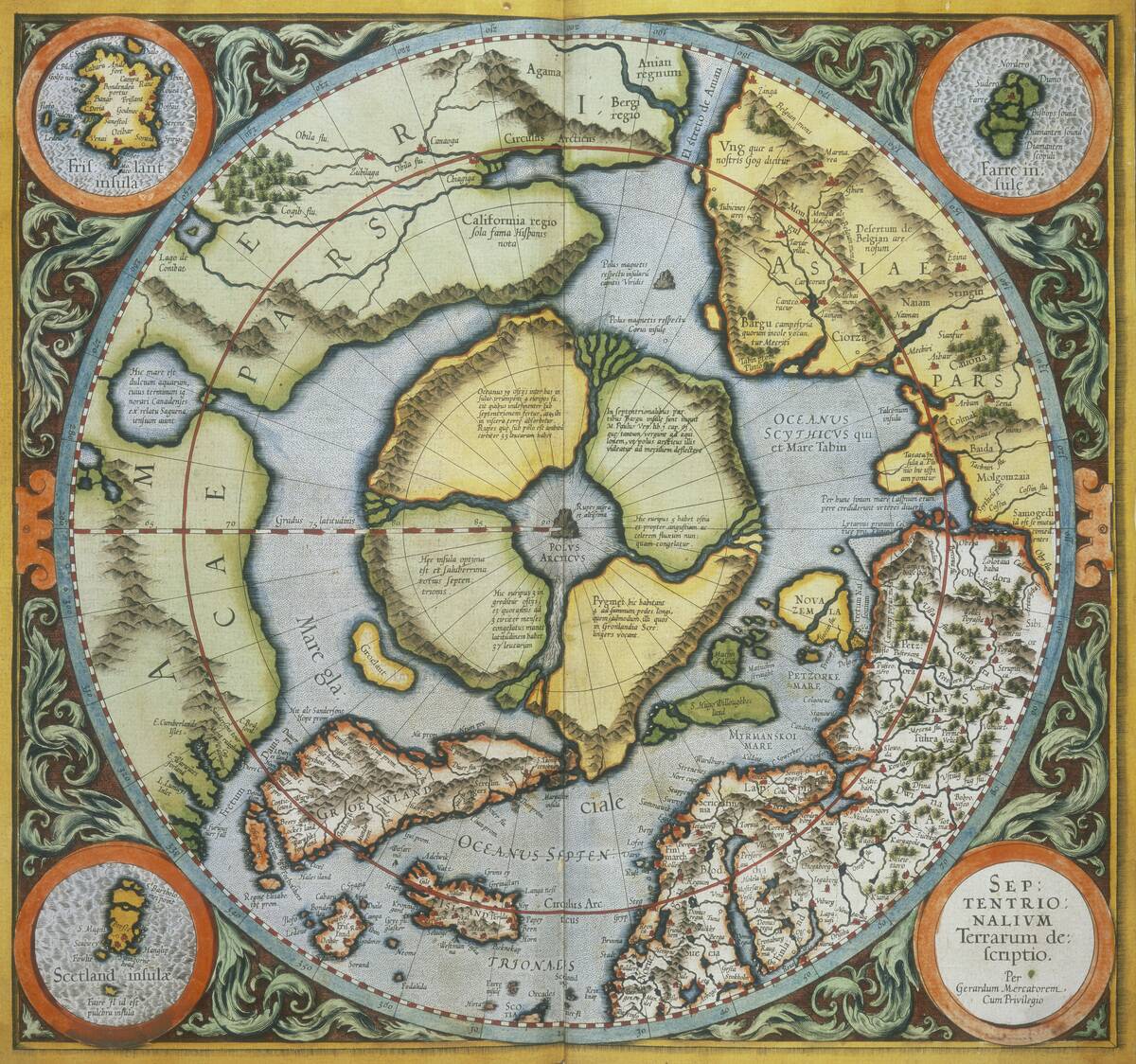
The Arctic has always held a magnetic pull for explorers and adventurers alike. From the early Norse seafarers who traversed its icy waters to the Age of Discovery when European nations sought new trade routes, the Arctic was seen as a gateway to wealth and knowledge. This challenging environment tested human endurance and fostered a spirit of exploration, leaving behind a rich tapestry of history and culture that continues to captivate us today.
Key Figures in Arctic Exploration: Meet the Pioneers
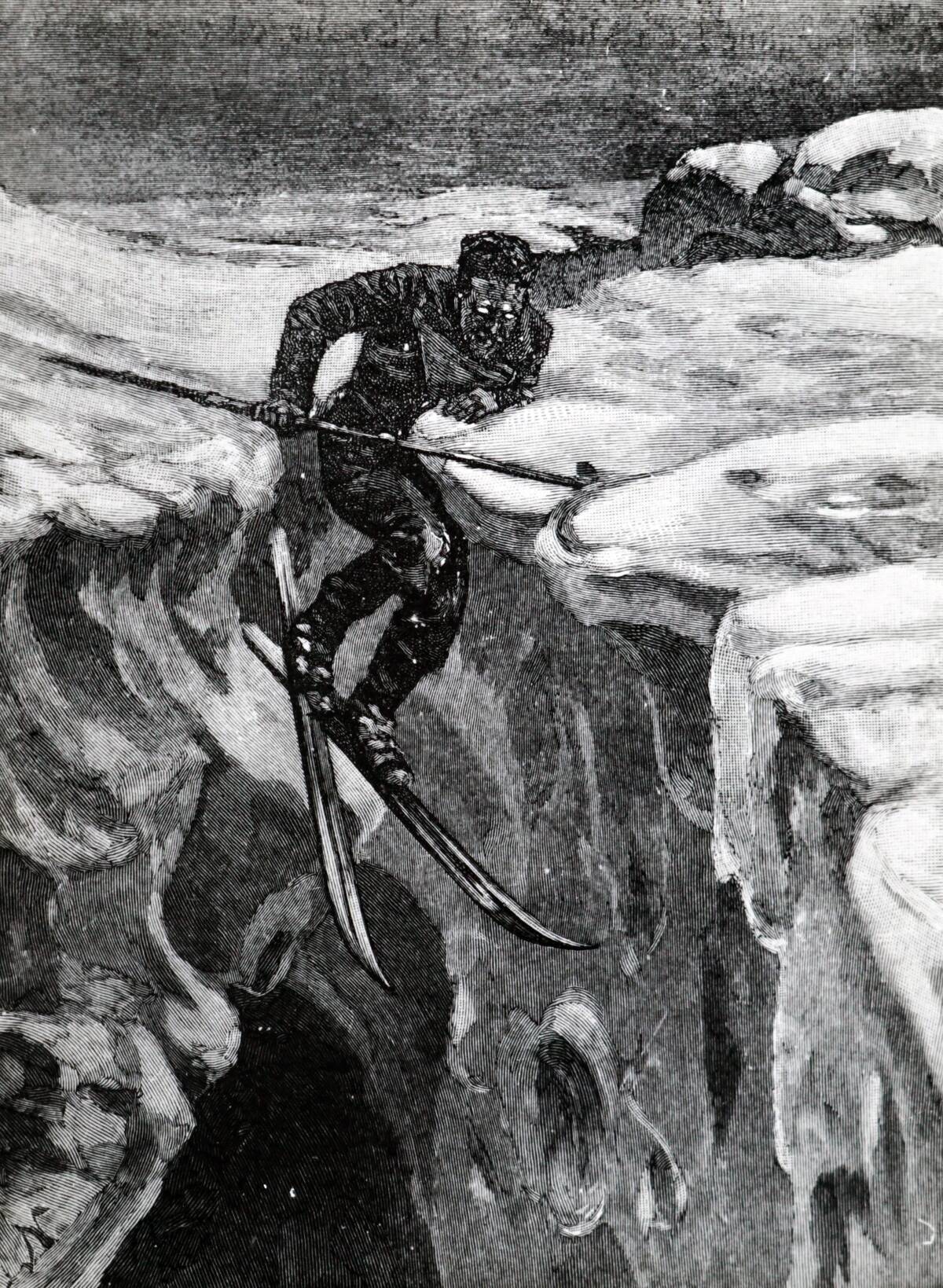
The history of Arctic exploration is dotted with figures who braved the cold to unveil its secrets. Names like Roald Amundsen, the first to navigate the Northwest Passage, and Fridtjof Nansen, who made groundbreaking contributions to oceanography, stand out. These pioneers not only expanded our geographical knowledge but also paved the way for future scientific discoveries. Their tales of perseverance and ingenuity inspire generations of explorers to come.
The Driving Forces: Why Explore the Arctic?
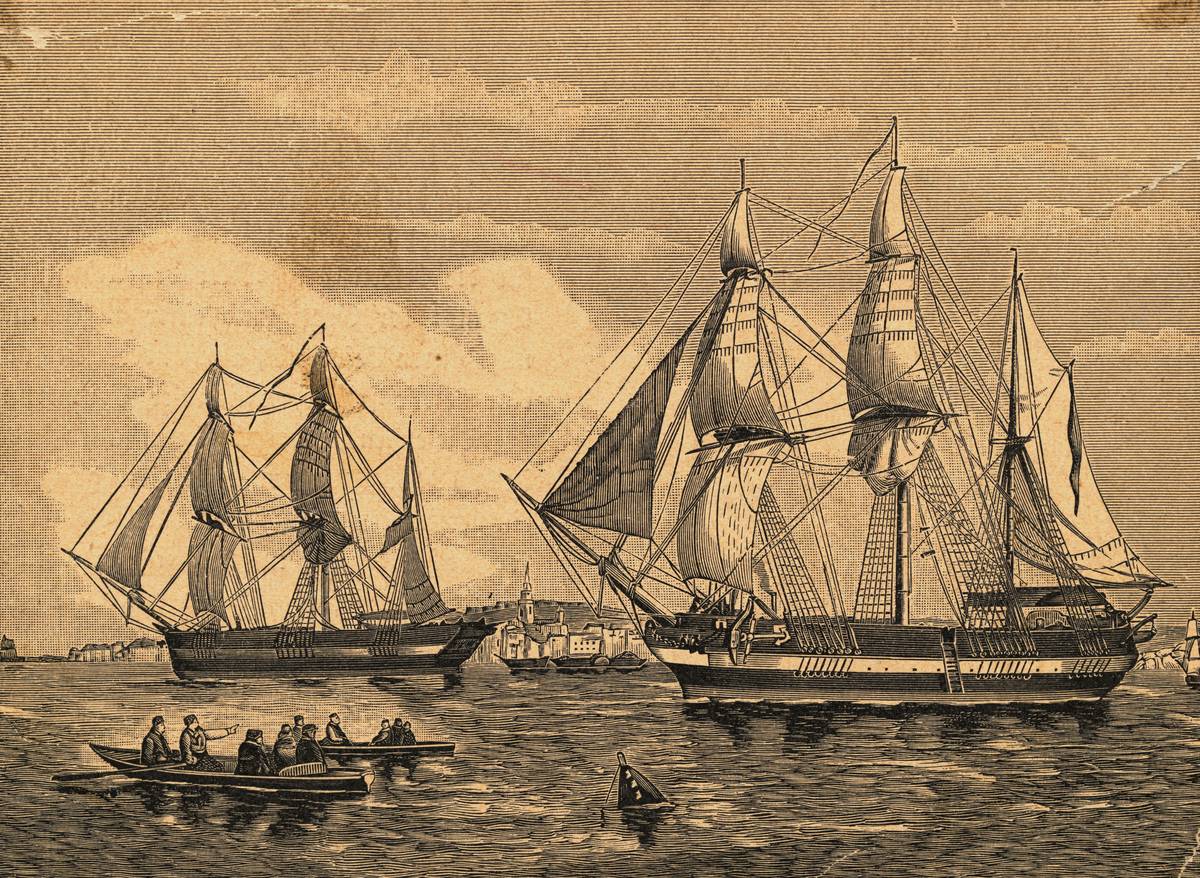
The motives behind Arctic exploration are as varied as the explorers themselves. For some, it was the promise of fame and fortune, while others were driven by scientific inquiry and national pride. The quest to find the elusive Northwest Passage fueled much of the early exploration, as nations competed to discover new trade routes. Understanding the Arctic’s unique ecosystem also became a driving force, as researchers sought to unlock the secrets hidden beneath its ice.
Mapping the Unknown: Charting the Arctic’s Mysteries
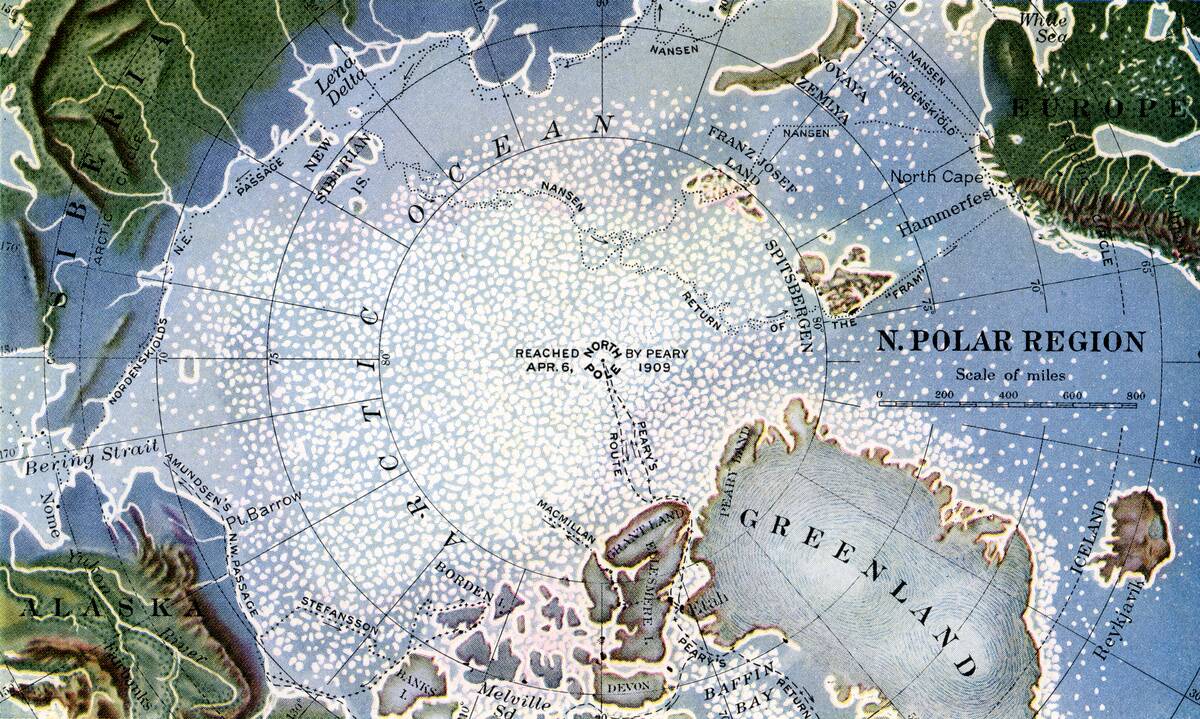
Mapping the Arctic was no small feat, as explorers faced extreme weather conditions and uncharted territories. Early maps were often speculative, based on explorers’ accounts and indigenous knowledge. As technology advanced, so did our understanding of the Arctic’s topography. Satellite imagery and GPS have since transformed our ability to navigate these icy waters, allowing for more precise mapping and opening new avenues for exploration.
Scientific Discoveries: What We Learned from the Arctic
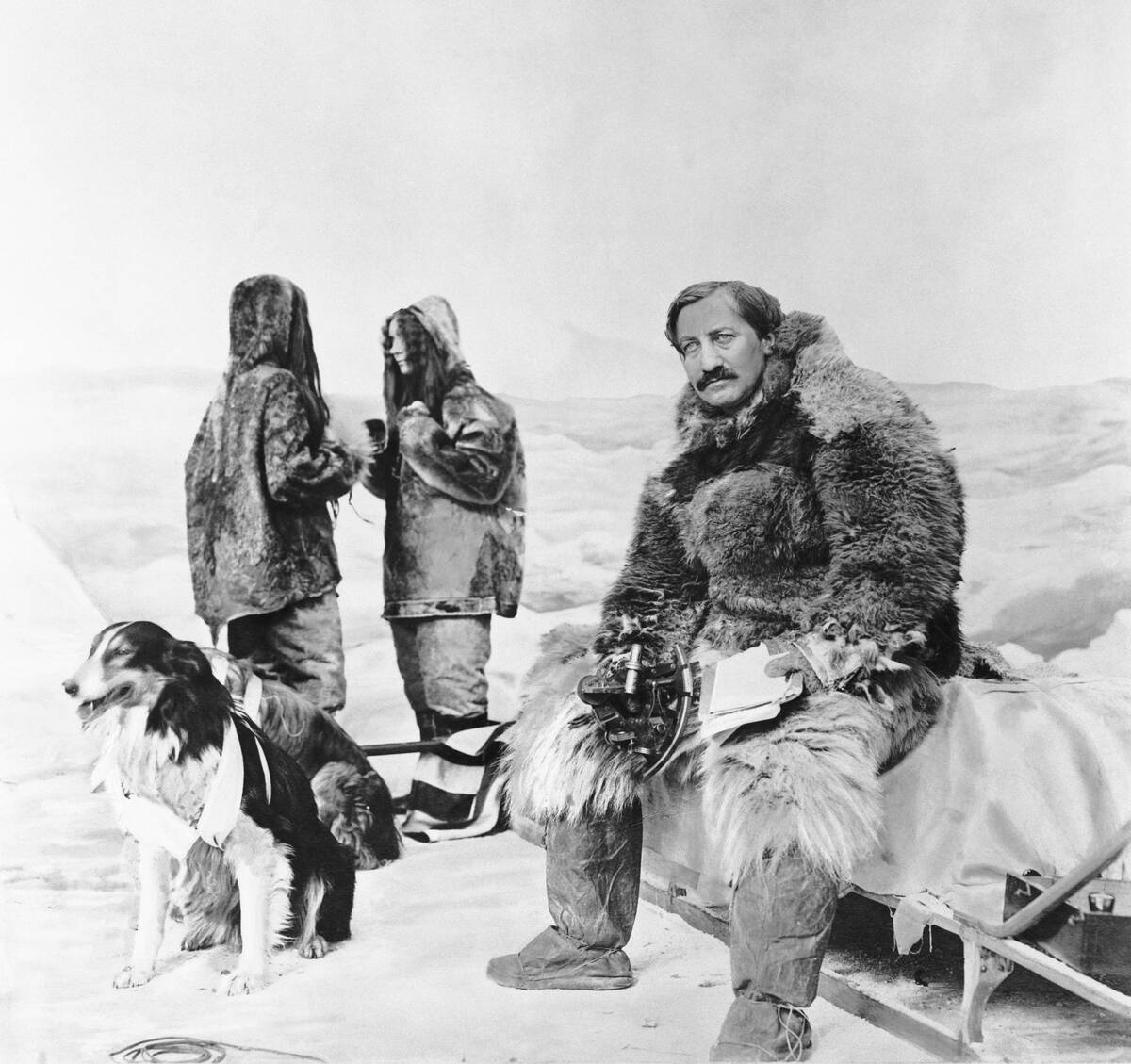
The Arctic is a treasure trove of scientific discoveries, offering insights into climate patterns, ecosystems, and geology. Researchers have uncovered ancient ice cores that reveal climate changes over millennia, helping us understand global warming. The unique flora and fauna of the Arctic provide clues to species adaptation in extreme environments. These discoveries not only enhance our scientific knowledge but also highlight the importance of preserving this fragile ecosystem.
The Quest for the Northwest Passage: A Seafaring Challenge
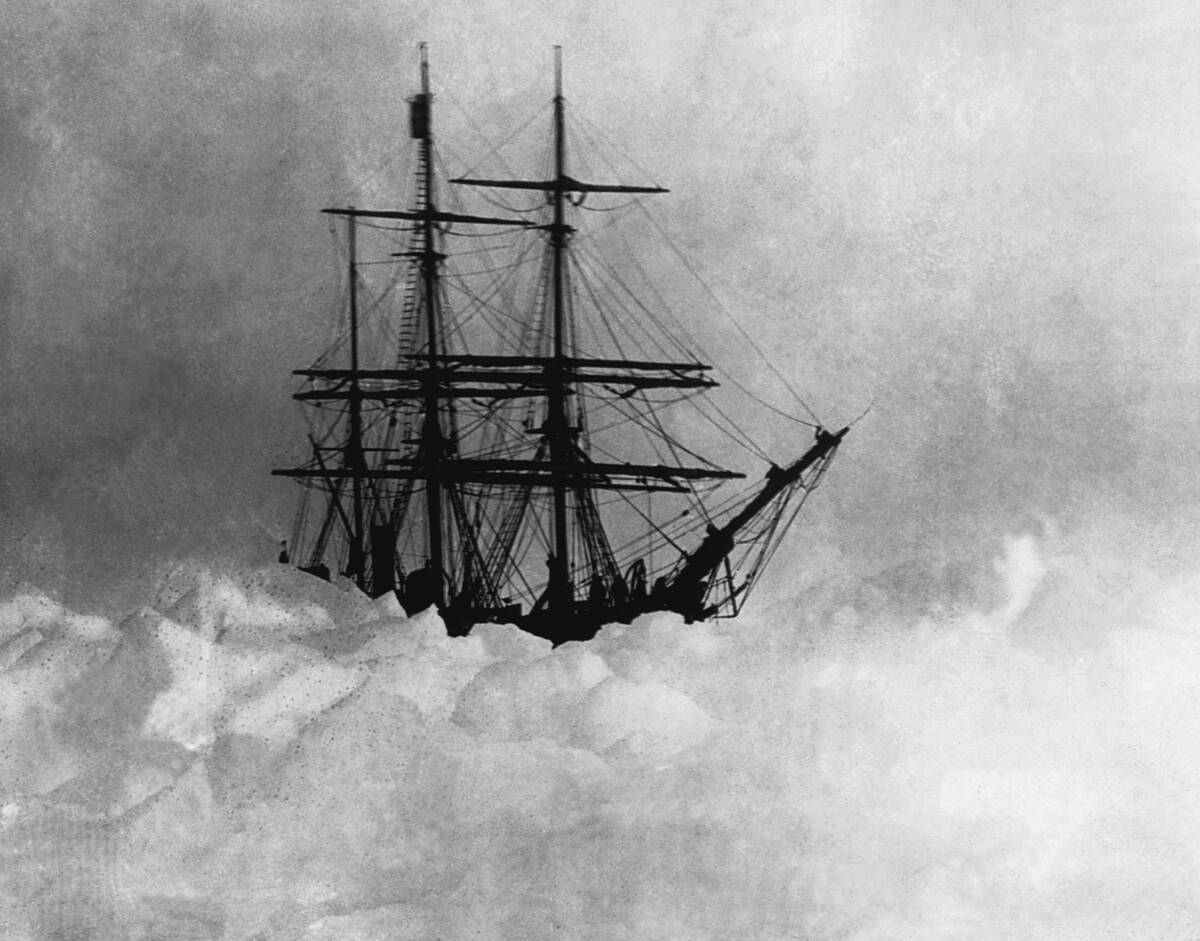
The search for the Northwest Passage was one of the most enduring quests in Arctic exploration history. This sea route, connecting the Atlantic and Pacific Oceans, promised a shorter path for trade. The journey was fraught with peril, as explorers like Sir John Franklin faced treacherous ice and harsh conditions. It wasn’t until Roald Amundsen’s successful navigation in the early 20th century that the passage was fully charted, marking a significant milestone in maritime history.
The Race to the North Pole: Who Claimed Victory?
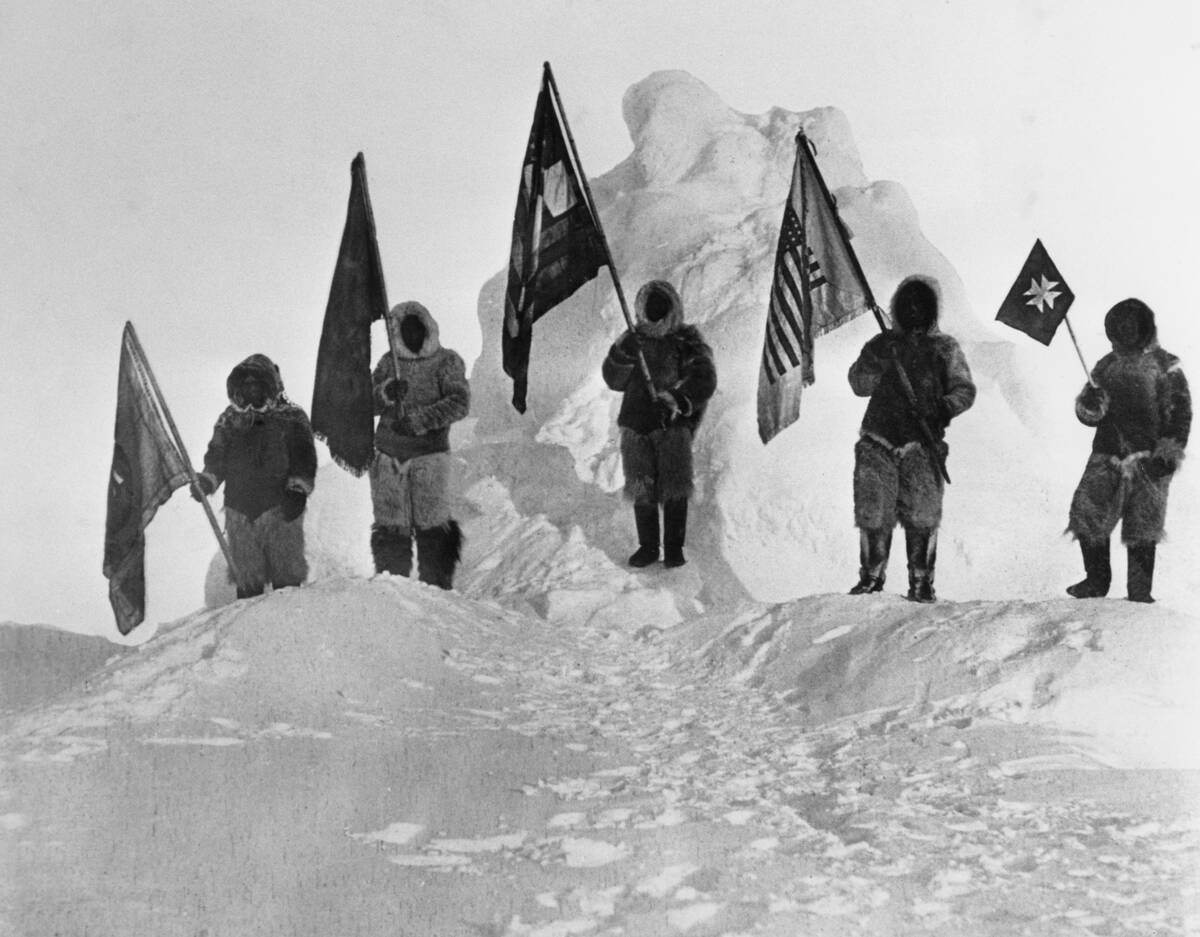
The race to the North Pole was a dramatic chapter in Arctic exploration, filled with rivalry and controversy. Robert Peary and Frederick Cook both claimed to be the first to reach the Pole in 1909, sparking debate and skepticism. While Peary’s claim is widely recognized, Cook’s assertion has been largely discredited. This race highlighted the challenges of polar exploration and the lengths to which explorers would go to achieve their goals.
The Role of Indigenous Knowledge in Arctic Exploration
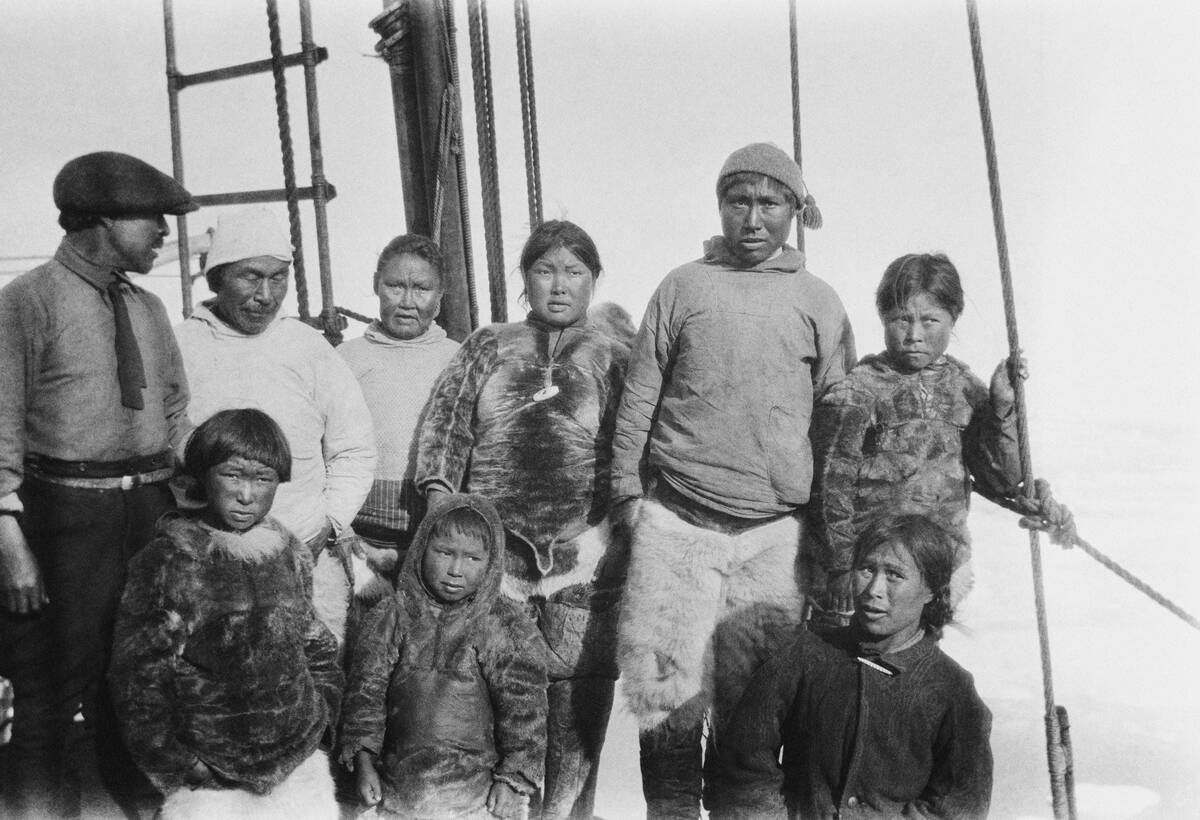
Indigenous peoples have lived in the Arctic for thousands of years, possessing a deep understanding of its landscapes and climate. Their knowledge was invaluable to early explorers, providing guidance on survival techniques and navigation. Inuit expertise in building igloos and hunting seals, for example, was crucial for enduring the harsh Arctic conditions. Today, the integration of indigenous knowledge into scientific research continues to enrich our understanding of the Arctic environment.
The Impact of Arctic Expeditions on Global Trade
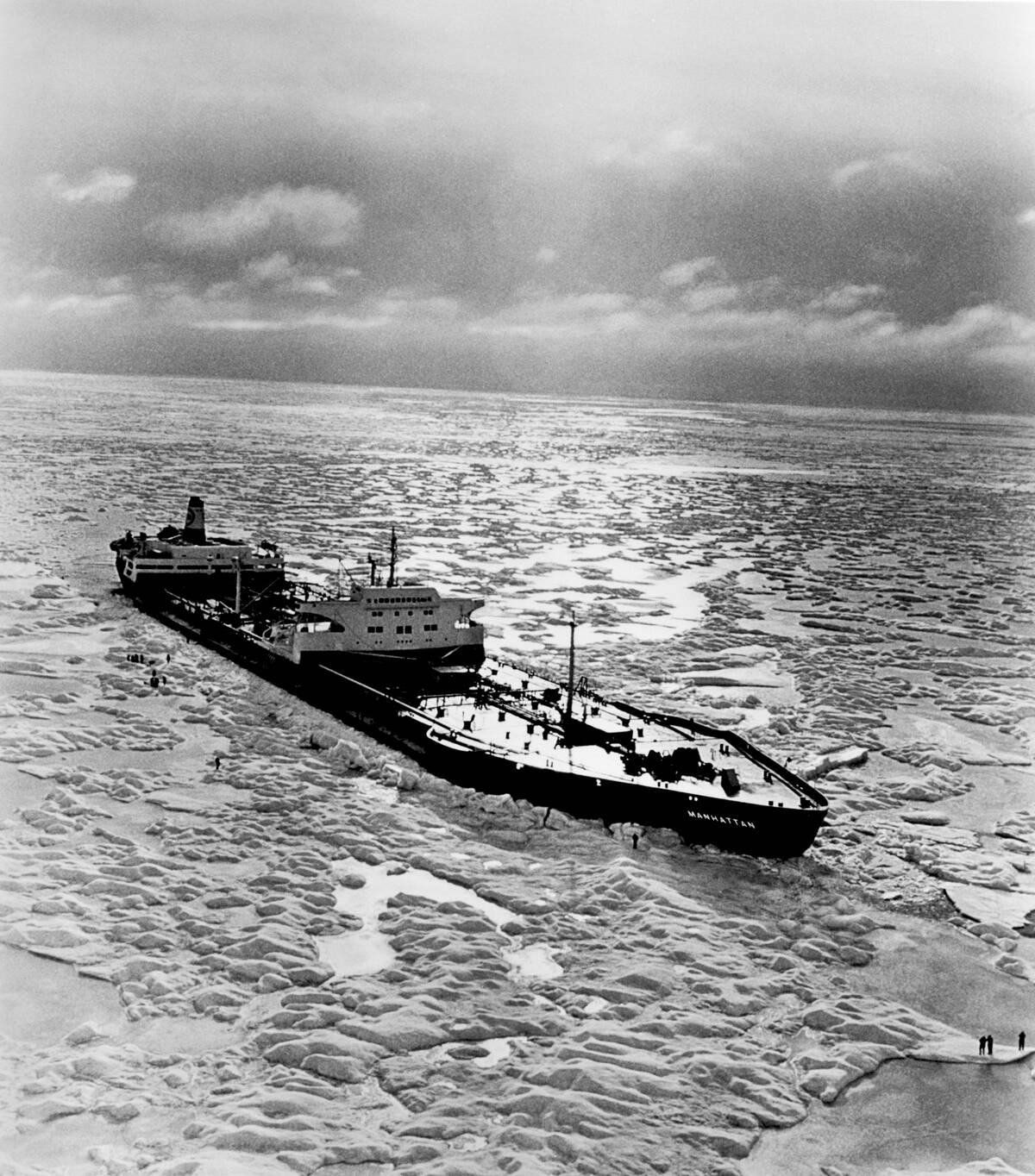
Arctic expeditions significantly influenced global trade by seeking new maritime routes. The Northwest Passage promised a shortcut between Europe and Asia, reducing travel time and costs. Although the route proved perilous and not commercially viable at first, the melting Arctic ice due to climate change has renewed interest in its potential. With new shipping lanes opening, the Arctic could play a pivotal role in future global trade dynamics.
The Environmental Significance: Learning from the Arctic’s Ecosystem
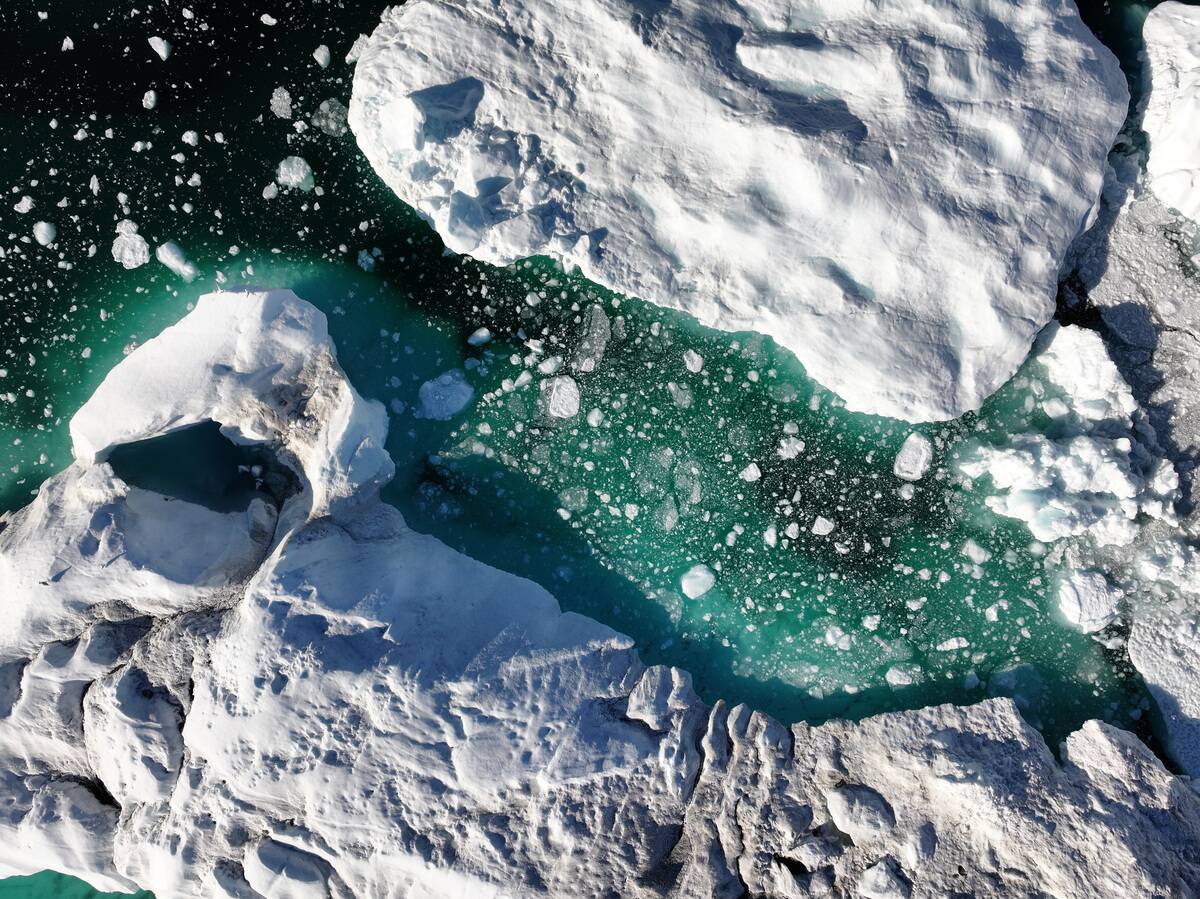
The Arctic is a critical region for studying environmental changes, acting as a barometer for global climate shifts. Its ecosystems are uniquely sensitive, with small temperature changes causing significant impacts. Scientists monitor Arctic ice melt, which contributes to rising sea levels and affects weather patterns worldwide. The region’s biodiversity, including species like polar bears and walrus, underscores the need for conservation efforts to protect this fragile environment.
The Challenges and Dangers Faced by Explorers
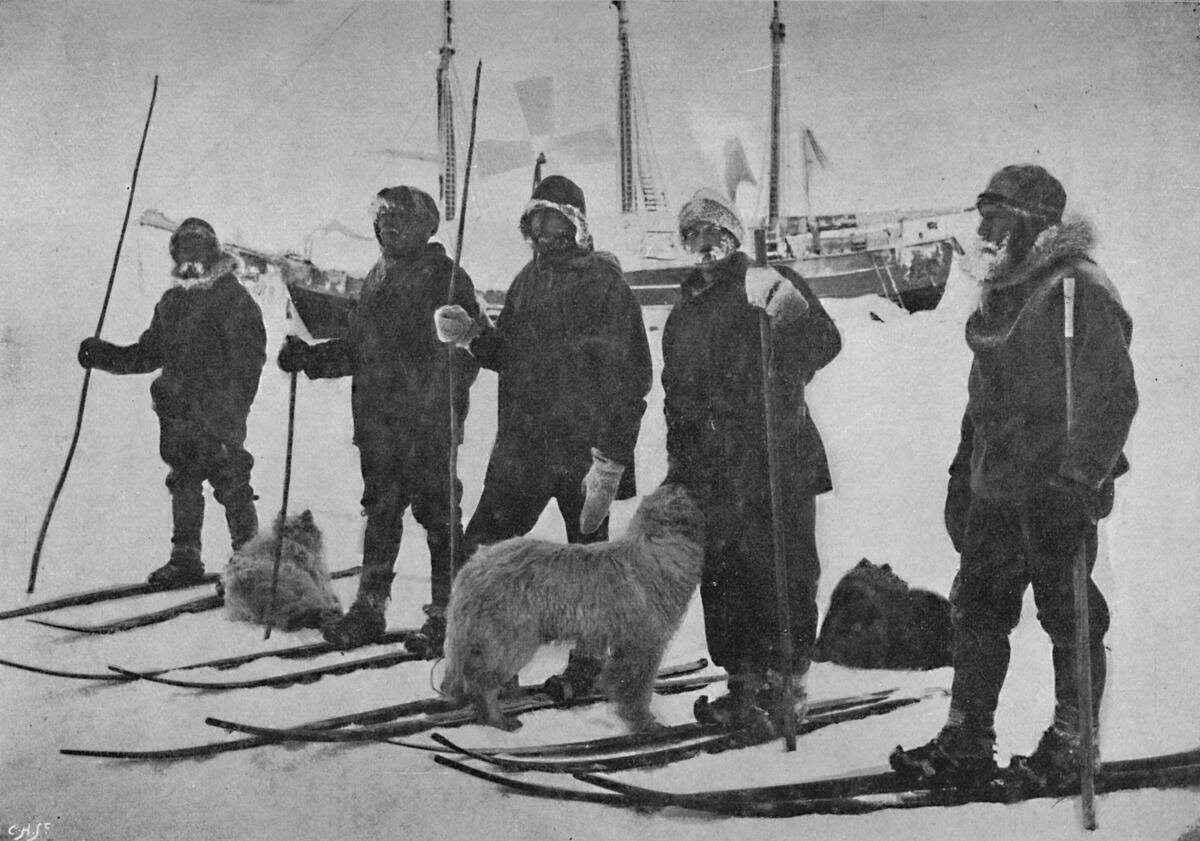
Arctic explorers faced a litany of challenges, from extreme cold and unpredictable weather to isolation and the risk of scurvy. The harsh environment demanded resilience and adaptability, with limited resources and communication adding to the difficulties. Many expeditions ended in tragedy, such as the ill-fated Franklin Expedition. These challenges underscored the need for meticulous planning and respect for the formidable forces of nature in the Arctic.
The Evolution of Arctic Expeditions: From Sleds to Satellites
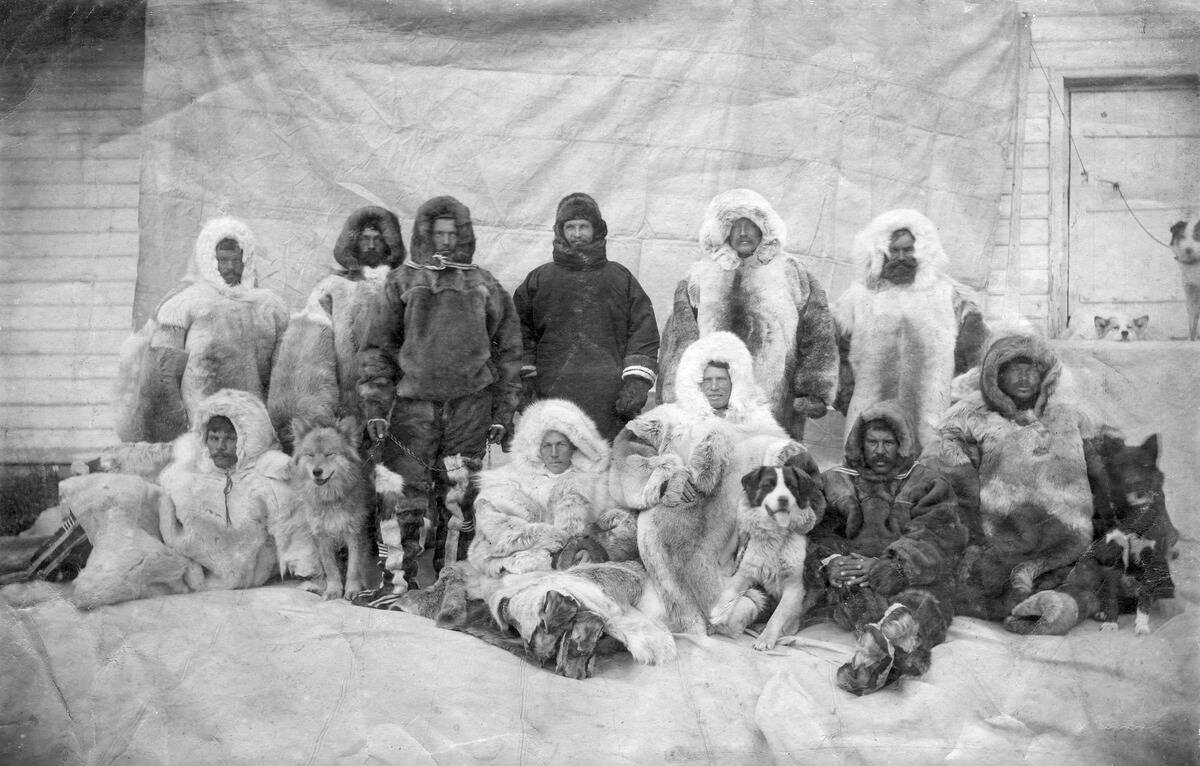
Arctic exploration has evolved tremendously, from dog sleds and wooden ships to advanced technology. Early explorers relied on traditional methods and endurance, while modern expeditions utilize satellites, icebreakers, and drones. These advancements have expanded our capabilities, allowing for year-round research and greater access to remote areas. The evolution of technology continues to shape the way we explore and understand the Arctic.
Famous Expeditions and Their Outcomes
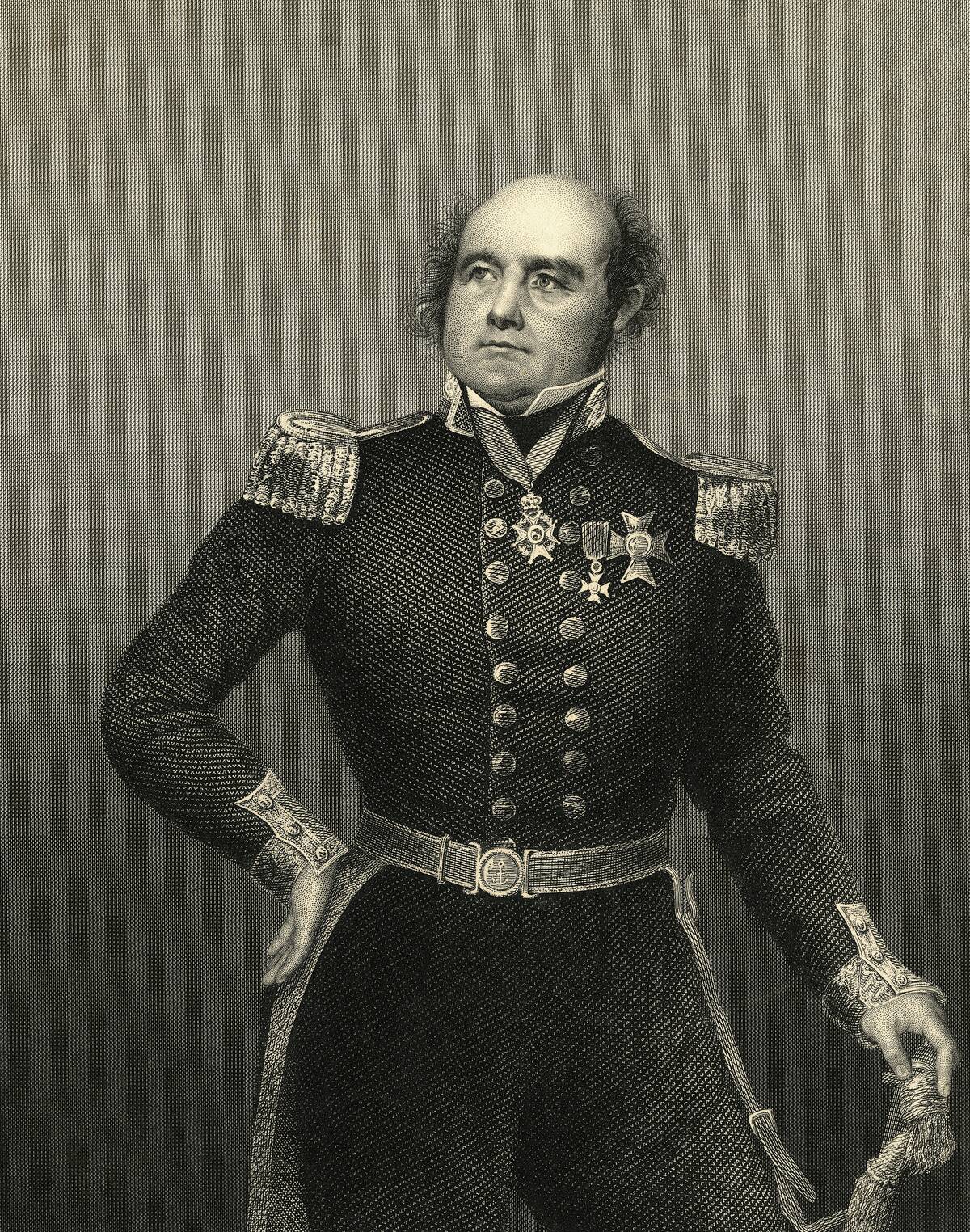
Several famous expeditions have left their mark on the history of Arctic exploration. The Franklin Expedition, though tragic, spurred further exploration and discovery. Nansen’s Fram expedition advanced scientific research and understanding of polar drift. Amundsen’s successful navigation of the Northwest Passage demonstrated human perseverance and ingenuity. These journeys not only contributed to our geographical knowledge but also inspired future generations of explorers.
The Cultural Legacy of Arctic Exploration: Tales and Artifacts
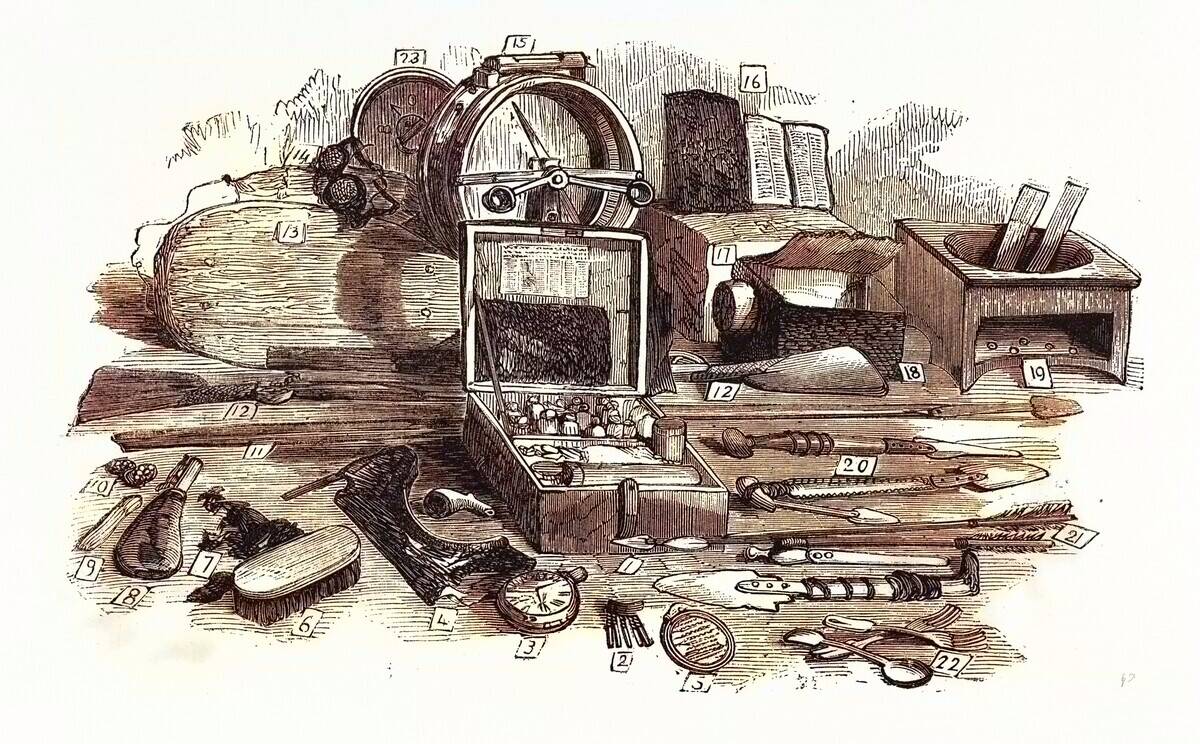
Arctic exploration has left a rich cultural legacy, captured in tales of adventure and discovery. These stories, passed down through generations, have inspired literature, art, and film. Artifacts from expeditions, such as maps, journals, and equipment, provide a tangible connection to the past. Museums and exhibitions dedicated to Arctic exploration offer a glimpse into the lives of those who ventured into the unknown, preserving their legacy for future generations.
Modern-Day Arctic Expeditions: Continuing the Journey
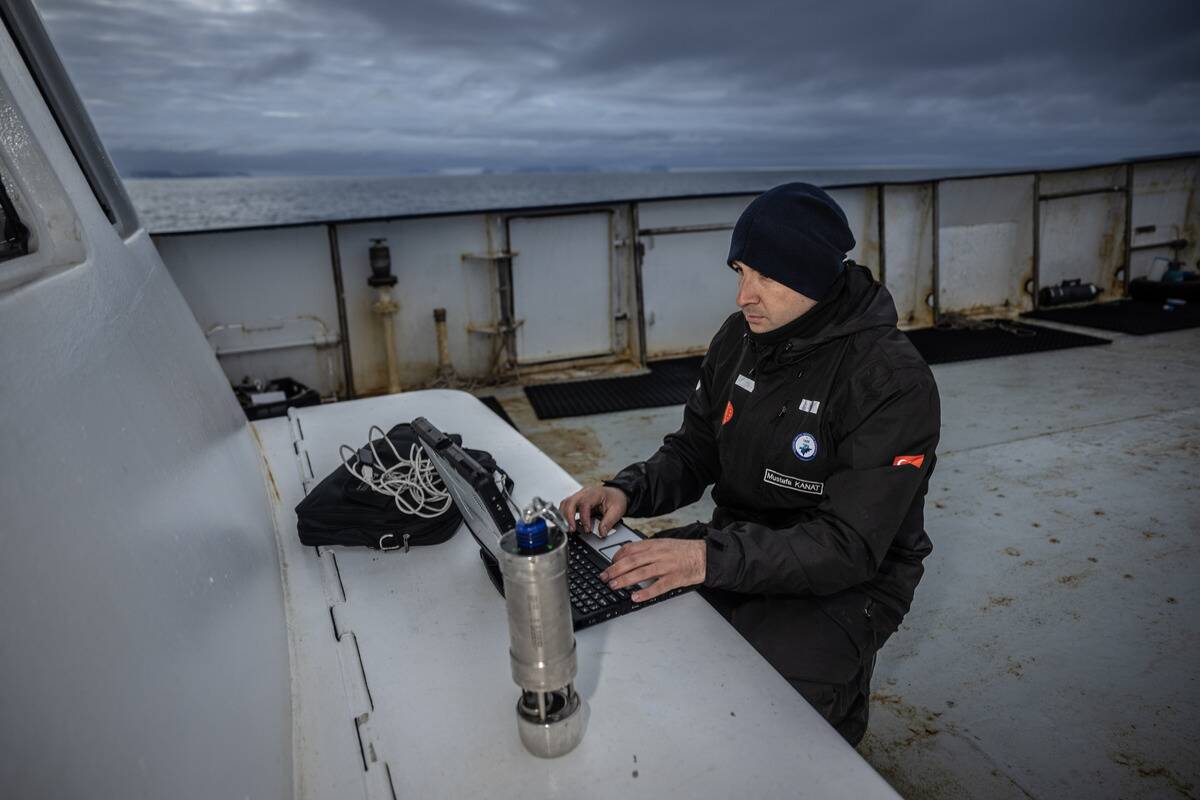
Today, Arctic expeditions continue to build on the legacy of past explorers, with a focus on scientific research and environmental conservation. Modern explorers study climate change, biodiversity, and the impacts of human activity on the Arctic ecosystem. Collaboration between nations and indigenous communities is key to addressing the challenges facing the Arctic. As technology advances, the potential for new discoveries and insights into this unique region grows.
The Role of Technology in Today’s Arctic Exploration
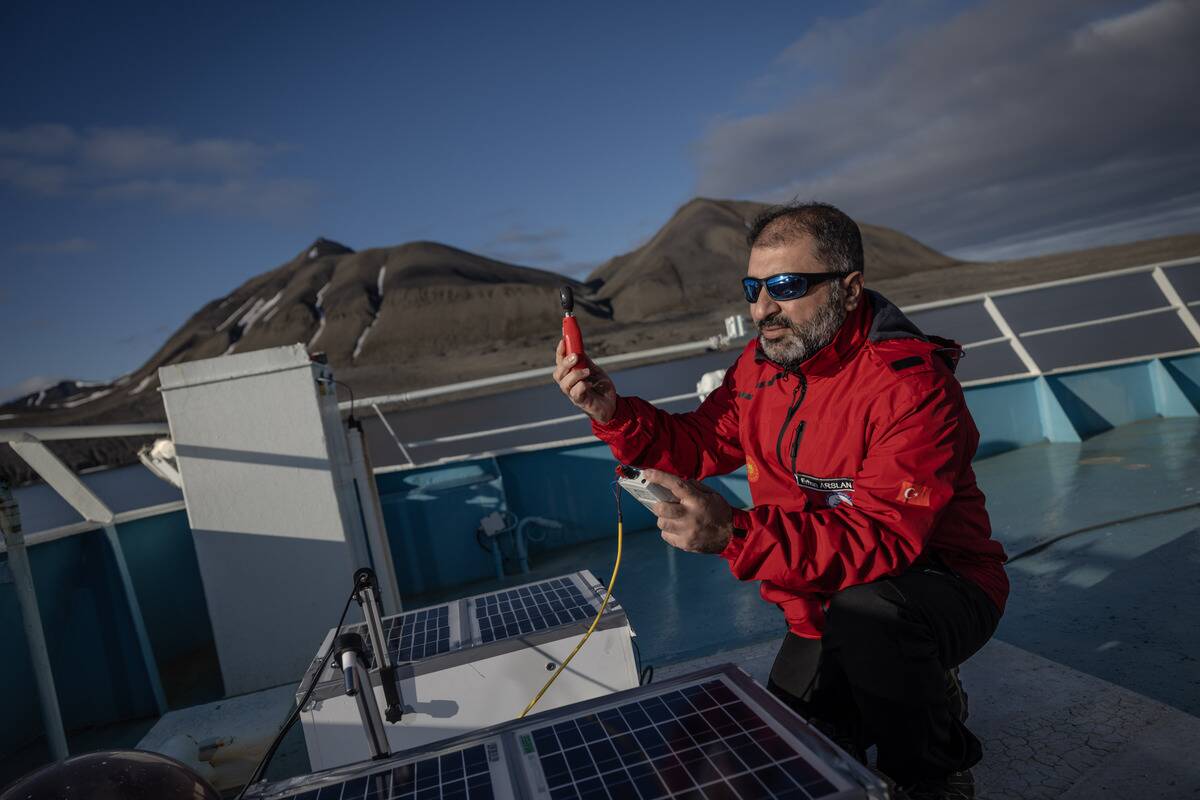
Technology plays a crucial role in modern Arctic exploration, enabling researchers to overcome the region’s challenges. Satellites provide real-time data on ice conditions and weather patterns, while drones and remotely operated vehicles explore inaccessible areas. Advanced research vessels equipped with laboratories allow scientists to conduct experiments in the field. These technological innovations have revolutionized our understanding of the Arctic and continue to drive exploration forward.
The Arctic’s Role in Climate Change Research
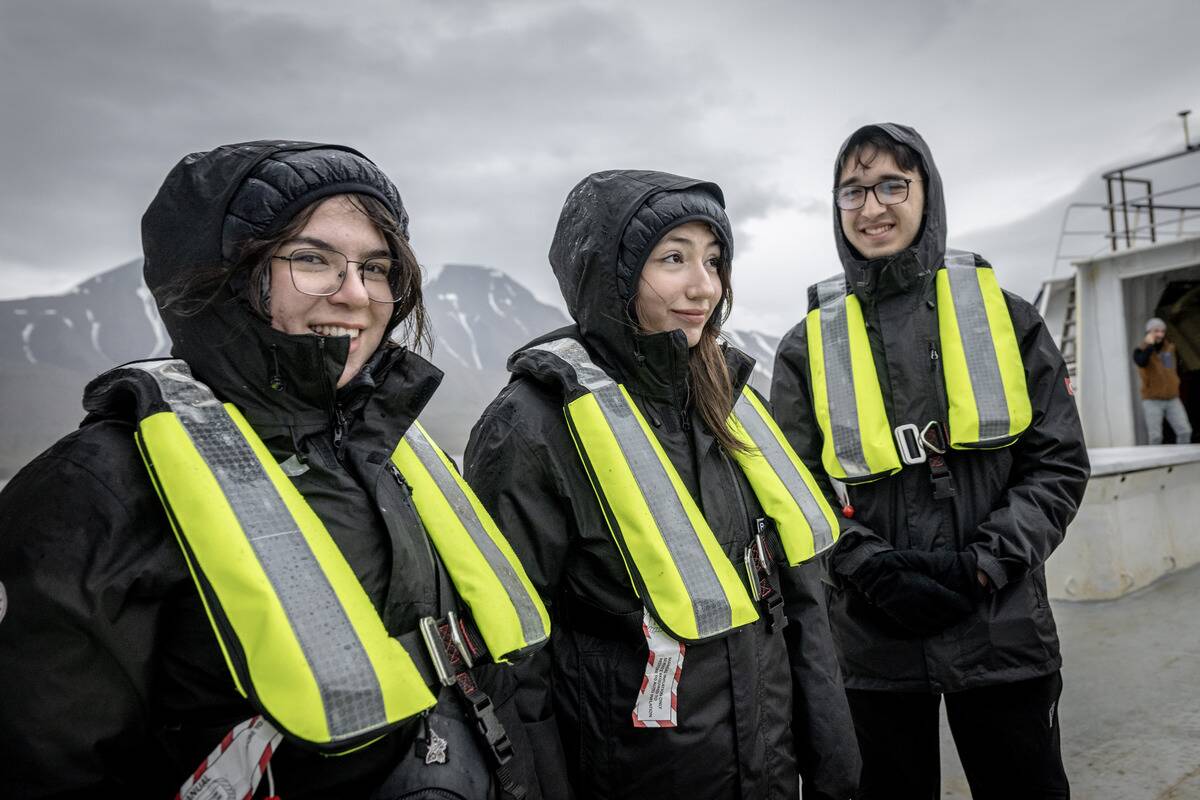
The Arctic is at the forefront of climate change research, offering critical insights into global warming’s effects. Scientists study the rapid melting of sea ice, which has significant implications for global sea levels and climate systems. The Arctic’s unique conditions make it an ideal natural laboratory for understanding the complex interactions between the atmosphere, ocean, and ice. Research in this region is essential for informing global climate policy and conservation efforts.
How Arctic Expeditions Inspire Fiction and Film
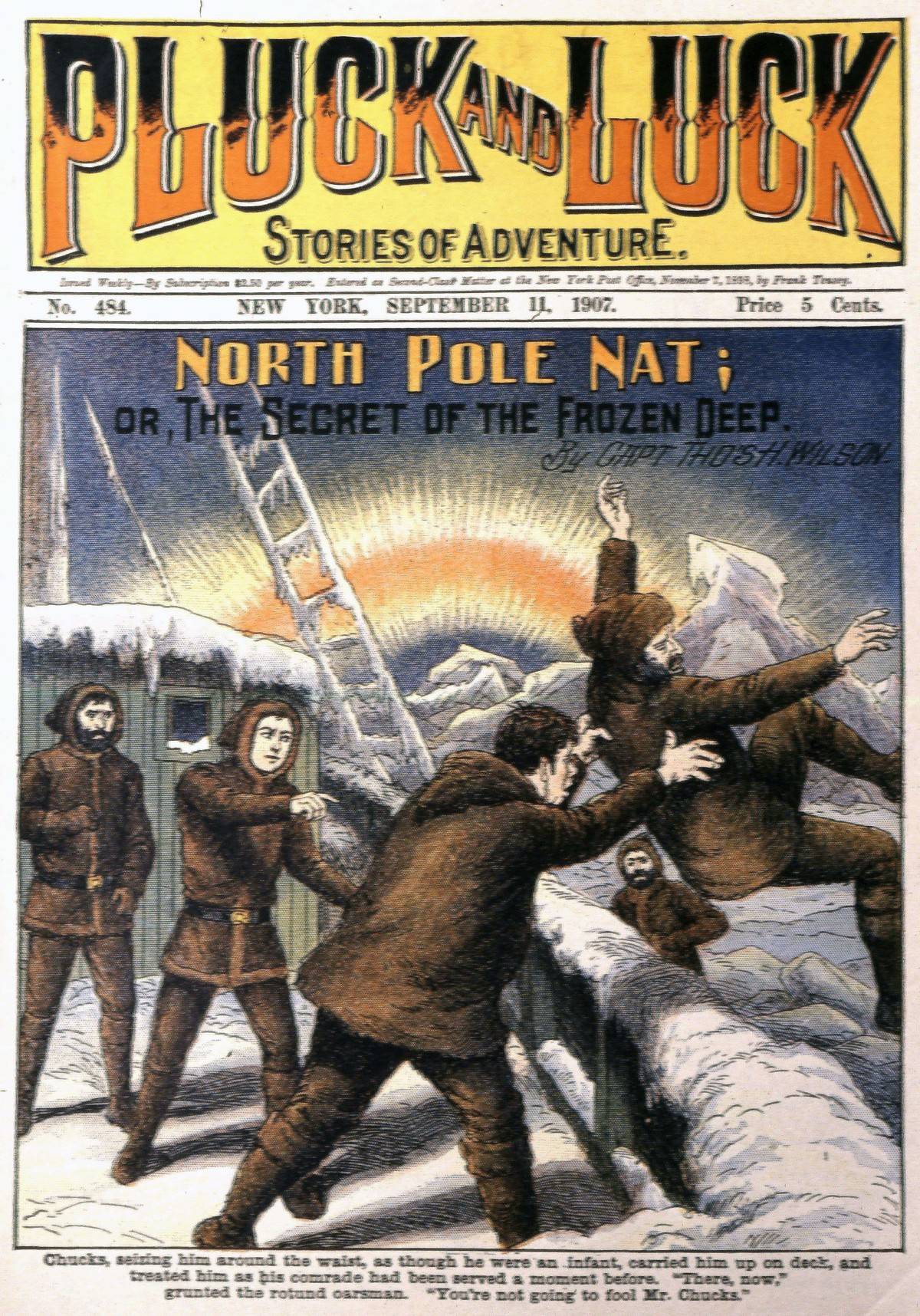
The tales of Arctic exploration have long captivated the imagination, inspiring countless works of fiction and film. Stories of survival, discovery, and adventure in the harsh Arctic landscape provide a rich backdrop for storytelling. Novels like Jules Verne’s “The Adventures of Captain Hatteras” and films such as “The Terror” explore the human spirit’s resilience in the face of adversity. These creative works continue to bring the mysteries of the Arctic to audiences worldwide.



